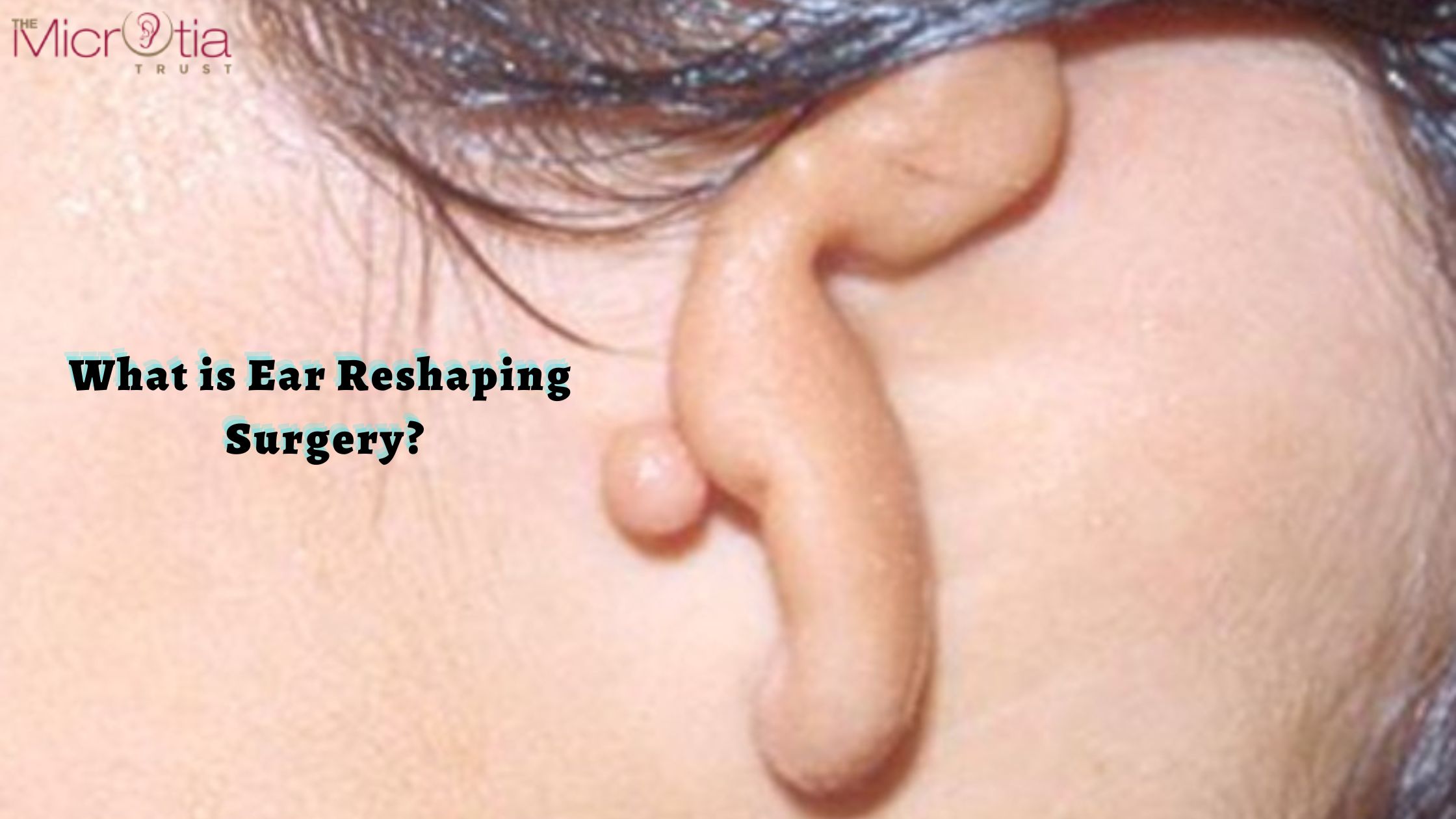A cosmetic procedure called ear reshaping repositions the ears to better balance them with the rest of the face. It is also known as ear pinning or otoplasty and can be done to reduce the size of more prominent ears or to correct the shape of the ears.
Ear abnormalities or malformations can occur at birth or as a result of an injury. In some instances, a normal-looking ear can be created by utilizing tissue from the patient's body, such as skin, fascia, or cartilage.
Ear restoration is one of the most challenging plastic surgery treatments. It isn't very easy because of the very complex ear shape that must be created to look natural. Still, ear specialist Dr. Parag Telang is one of the top ear surgeon who deliver excellent results due to advancements in reconstructive surgery in India as well as his dynamism, dedication, and determination. He is well-known for doing the best ear reshaping surgery in India (Mumbai).
This procedure is recommended for two patients: those with microtia (an underdeveloped ear at birth) and those who have lost a normal ear due to sickness or injury.
Ear repair surgery is performed in two stages, usually 6-12 months apart. Ear reconstruction surgery is performed for a variety of reasons.
Ear reconstruction surgery: Stage 1
In the first stage, a skin pocket is produced at the site of the ear by bending the available tissue and thinning the skin to imitate the ear skin. Rib cartilage is then cut into three parts.
The rib cartilage is molded and connected with tiny stainless steel wires to create a complex ear structure. This structure is then put into the pocket, and a slight suction is given to it, allowing the skin and the intended ear structure to join together.
This procedure may take 4-6 hours, and the patient is anticipated to stay in the hospital for 5-7 days.
Ear reconstruction surgery: Stage 2
It must be placed in its right position to make it seem like a regular ear protruding from the head. A cartilage fragment is elevated to support the appropriate alignment of the ear. After finishing the procedure, a flap of tissue is inserted, and skin grafting is performed over the exposed cartilage.
This step may take 3-4 hours, and the patient will likely be hospitalized for 2-3 days.
90% of patients regard their ear reconstruction surgery results as satisfactory to outstanding, and the procedure has a high success rate.
Otoplasty for Ear Pinning
Ear pinning is an otoplasty (outer ear surgery). It permanently brings the ears closer to the skull, reducing protruding ears and correcting imbalance or asymmetry. The surgery is performed under general anesthesia by a plastic surgeon. Typically, recovery takes many weeks.
Ear pinning is a cosmetic treatment that permanently puts the ears closer to the skull. It is a purely voluntary process. Ear pinning can be used to conceal large ears and improve one's look. Ear pinning surgery changes the placement, shape, or size of the outer ear. Other otoplasty procedures include:
- Make replacement ear tissue.
- Ears that are too big should be reduced.
- Deformed or injured ears should be reshaped.
How to Prepare for Ear Pinning?
The doctor will give specific instructions on how to prepare for ear pinning. One may be asked to do the following in the days leading up to surgery:
- Get a physical examination or blood test to ensure you're healthy enough to have surgery.
- Quit smoking if applicable.
- Stop taking some drugs (for example, aspirin, which thins the blood).
What happens during ear pinning?
The entire process takes around two hours. One will almost certainly be given general anesthesia, which will put one to sleep and make one feel nothing.
- An intravenous (IV) line, or a needle put into a vein in the arm, is used to provide anesthetic, pain medications, and fluids.
- A tube is put down the neck to help one breathe.
- It continually monitors vital signs, including breathing and heart rate.
To do ear pinning, the plastic surgeon will accomplish the following:
- One or more incisions are made behind the ear. (On rare occasions, they will make an incision in the front of the ear.)
- The incisions are used to weaken or remove the skin or cartilage that is protruding from the ear. This helps to generate a more pronounced fold at the back of the ear.
- Transfers the ear to the proper spot.
- To sew the ear into place, permanent sutures (stitches) are employed.
- Repeat the technique on the other side. Even if only one ear protrudes, surgery usually necessitates the removal of both ears. This helps to explain their symmetry.
- Apply sterile dressing and a compression bandage to the incisions. The bandages cover the incisions and keep the ears in the proper position.
What happens after the procedure?
After surgery, one gradually emerges from the anesthetic. One may suffer throbbing or itching in the ears. One will be given pain medication to help manage the discomfort.
A healthcare practitioner removes the IV and tubing in the throat. The throat can feel sore for some time thereafter. One may feel drowsy or nauseous as a result of the anesthetic.
The ear coverings must remain in place. They help keep the wounds clean and ensure the process produces the desired results.
Most people spend a few hours in a recuperation area after ear pinning. Before allowing patients to go home, healthcare professionals will ensure that they are awake, breathing regularly, and stable.
To know more about ear reshaping surgery, get a consultation with Dr. Parag Telang, the best plastic surgeon in India. Book an appointment now.







